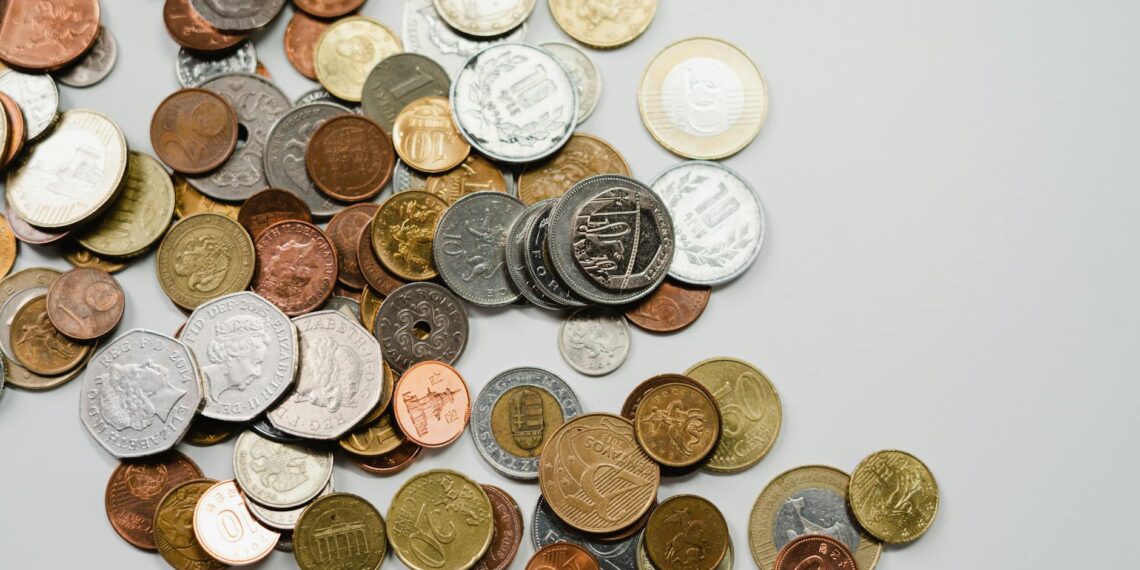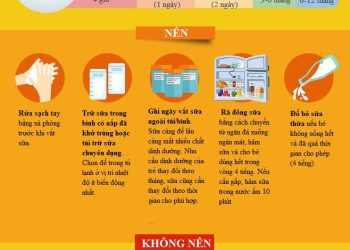The value of a 1976 Eisenhower dollar coin can vary greatly depending on several factors, including its type, condition, and mint mark.
Here’s a breakdown of the potential value ranges:
- Type 1 (Clad):
– These coins have thicker lettering on the reverse.
– In circulated condition, they typically sell for $1.05 – $1.50.
– Uncirculated examples (MS-60 or higher) can range from $2.70 to $1,500.
– High-grade examples, like an MS66+, have an auction record of $7,638.
- Type 2 (Clad):
– These coins have thinner lettering on the reverse.
– In circulated condition, they typically sell for $1.05 – $1.50.
– Uncirculated examples (MS-60 or higher) can range from $2.20 to $2,500.
– A 1976-D Type 2 in MS-67 is estimated to be worth around $7,500.
- Silver Issues (San Francisco mint mark):
– These coins were struck in 40% silver, primarily for collectors.
– In circulated condition, they are worth between $12.50 and $13.75, based on their silver content.
– Uncirculated (MS) examples range from $15.00 to $21,500.
– Proof (PR) examples sell for $250 to $400.
- Errors and Varieties:
– Certain errors, like a filled “D” mint mark, can significantly increase a coin’s value, with some selling for hundreds or even thousands of dollars.
– The rarest known 1976 Eisenhower dollar is the No-S silver proof, which was likely mistakenly struck in Philadelphia and is estimated to be worth around $850,000.
Important notes
- Coins with higher grades (e.g., MS65+, PR70) are generally more valuable.
- Coins with mint marks (“D” for Denver or “S” for San Francisco) can be more valuable than those without one, which were minted in Philadelphia.
- It is crucial to have your coin authenticated and graded by a professional service like PCGS or NGC to determine its accurate value.
Melt Value of the Silver Coin:
- The melt value of a 40% silver Eisenhower dollar was around $11.89 as of August 5, 2025.
To get the most accurate valuation for your specific 1976 dollar coin, consider these steps:
- Identify the Type: Determine whether you have a Type 1 or Type 2 coin based on the thickness of the lettering on the reverse.
- Check for a Mint Mark: Look for a small “D” or “S” below Eisenhower’s neck on the obverse. No mint mark indicates it was minted in Philadelphia.
- Assess the Condition: Carefully examine the coin for any scratches, wear, or imperfections. Uncirculated coins in pristine condition are the most valuable.
- Look for Errors: Check for any unusual features like doubling of letters or numbers, off-center strikes, or filled mint marks.
- Consult a Price Guide: Refer to a reputable coin price guide like those from PCGS or NGC. You can also search for similar coins on auction sites like eBay to see recent selling prices.
- Consider Professional Grading: For potentially valuable coins, it is highly recommended to have them professionally graded by a service like PCGS or NGC. This will provide an accurate and certified assessment of the coin’s condition and authenticity, which is essential for determining its true value.









What makes a 1976 dollar coin rare?
1976-S No-S Proof Ike: One of the rarest modern U.S. coins, this 40% silver Ike should bear the S mint mark. Instead, this coin bears no mint mark, leading some to speculate that it may have been minted instead in Philadelphia. This coin sold for over $850,000 in a 2008 auction.
What is the 1776 to 1976 Liberty Bell coin?
The Bicentennial dollar, picturing the Liberty Bell and moon on the reverse and the double date 1776-1976 beneath the portrait of President Eisenhower on the obverse, goes into circulation beginning October 13, 1975, Mrs. Mary Brooks, Director of the Mint, announced today.
How to tell if a 1976 Eisenhower Dollar is silver?
Even though they were special order coins, some 40% Eisenhower silver dollars still made their way into circulation. Besides checking for an “S” mintmark on the obverse or front of the coin, collectors can check the edge of the coin for a copper stripe.